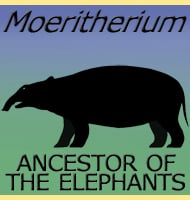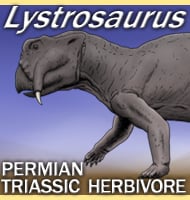In Depth
Hylonomus has significance in the fossil record for being the first true reptile. One particularly well presevered specimen was found in the remains of a hollowed tree stump. It is thought that the Hylonomus individual may have entered for either shelter or to feed on the insects inside. It would seem however that the Hylonomus became trapped inside, the tree becoming its tomb. It’s probable that because it was inside of the tree at the time, this particular specimen was protected from the extremes of the fossilisation process and underwent a more gentle fossilisation resulting in the animal being well preserved.
The general morphology of Hylonomus is similar to modern day lizards. The teeth are adapted to be better suited to catching insects, with the front teeth being slightly longer than those at the back.
Further Reading
– On a Terrestrial Mollusk, a Chilognathous Myriapod, and some New Species of Reptiles, from the Coal-Formation of Nova Scotia. – Quarterly Journal of the Geological Society of London 16:268-277. – J. W. Dawson – 1860. – The phylogeny of early eureptiles: Comparing parsimony and Bayesian approaches in the investigation of a basal fossil clade. – Systematic Biology. 55 (3): 503–511. – J. Muller & R. R. Reisz – 2006.









